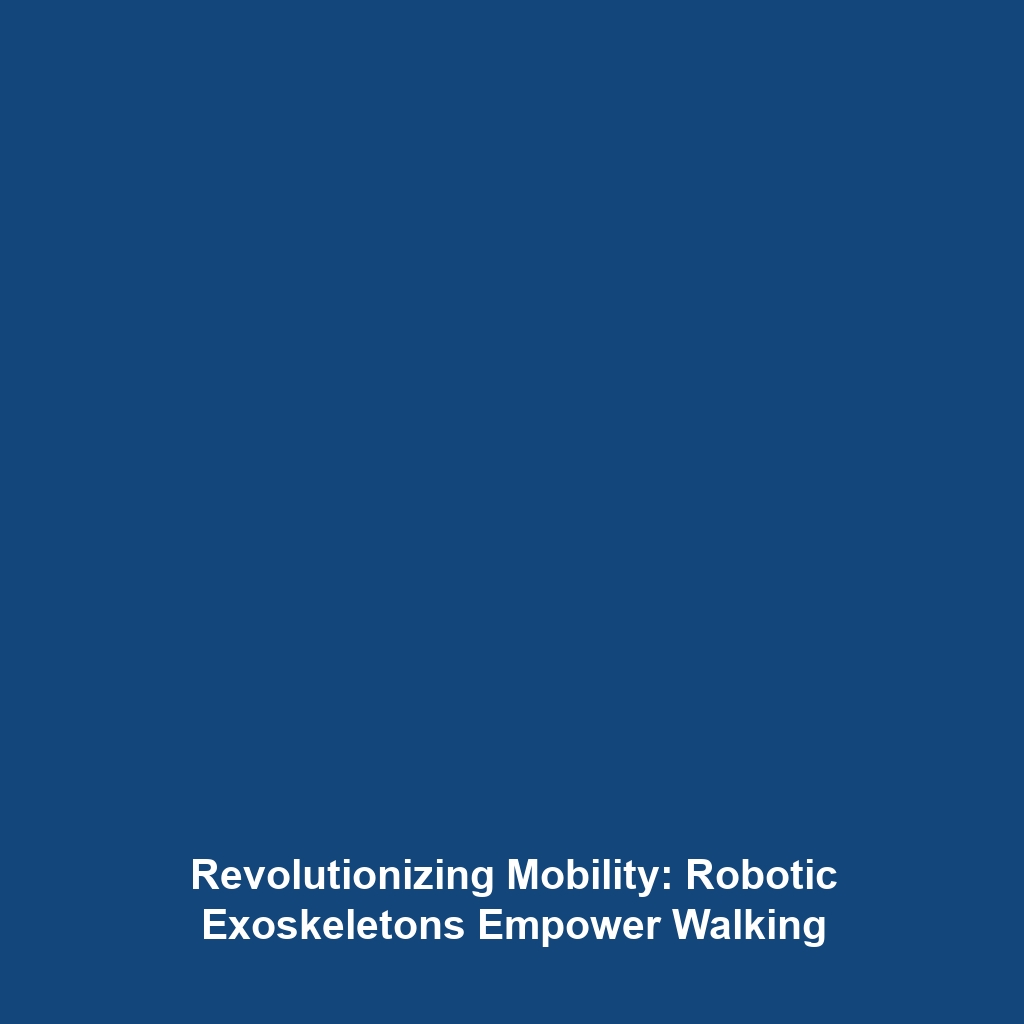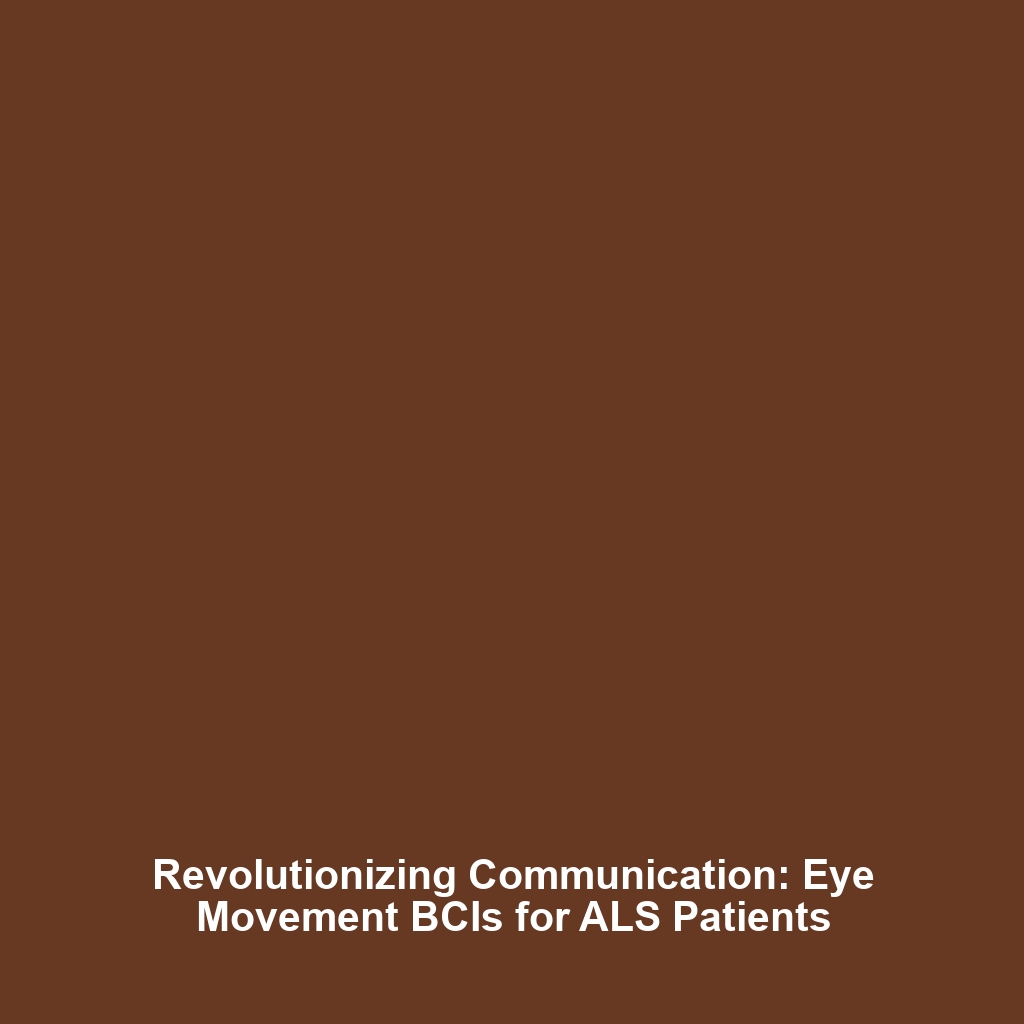The Role of Robotic Exoskeletons in Helping People with Mobility Impairments Walk Again
Introduction: The advent of robotic exoskeletons signifies a transformative shift in the realm of mobility aids, particularly for those with mobility impairments. By integrating principles of humanoid robotics, these sophisticated devices assist users in regaining their ability to walk, thereby enhancing independence and quality of life. Robotic exoskeletons are engineered to provide physical support, enabling individuals with paraplegia, stroke, or other debilitating conditions to move confidently. This article explores the crucial role these innovative machines play in rehabilitating mobility-impaired individuals.
Key Concepts
Robotic exoskeletons serve as external frameworks that are worn by the user, effectively replicating the natural motion of walking. Key concepts include:
- Biomechanics: Understanding the human body’s movement patterns to enhance exoskeleton design.
- Sensor Technology: Employing sensors for real-time feedback, allowing for seamless user interaction.
- Control Systems: Utilizing sophisticated algorithms for movement coordination, ensuring stability and safety.
These principles showcase how robotic exoskeletons integrate into the category of humanoid robots, merging technology and human needs for effective mobility solutions.
Applications and Real-World Uses
The applications of robotic exoskeletons are extensive, with significant implications in various fields:
- Rehabilitation Clinics: Used in physical therapy to help patients regain mobility through controlled training exercises.
- Military Operations: Assisting soldiers with mobility-related injuries to adapt back into service.
- Home Care: Enabling individuals to perform daily activities independently, promoting overall well-being.
Understanding how robotic exoskeletons are used in these contexts highlights their vital role in the category of humanoid robots.
Current Challenges
Despite their potential, several challenges hinder the widespread application of robotic exoskeletons:
- High Costs: The expense of manufacturing and maintaining exoskeletons can limit access.
- Mechanical Limitations: Current technology may not fully accommodate all user movements or body types.
- User Training: Extended training is often necessary for effective use, creating barriers for some users.
These challenges in the field of robotic exoskeletons underscore critical issues in the humanoid robots category that require ongoing research and innovation.
Future Research and Innovations
Looking ahead, the future of robotic exoskeletons is promising, with several innovations on the horizon:
- AI Integration: Leveraging artificial intelligence to enhance adaptability and user personalization.
- Wearable Technologies: Developing lighter and more versatile designs for user comfort and practicality.
- Feedback Systems: Implementing advanced feedback mechanisms for improved user experience and safety.
Research in these areas is likely to yield groundbreaking technologies, further enhancing the efficacy of robotic exoskeletons in helping individuals regain mobility.
Conclusion
In summary, robotic exoskeletons represent a significant breakthrough in the exploration of humanoid robots, providing essential support for individuals with mobility impairments. As advancements continue to emerge, it is crucial for stakeholders to focus on addressing the existing challenges while fostering innovation. For further information on related topics, consider exploring rehabilitation technologies or humanoid robotics innovations.

